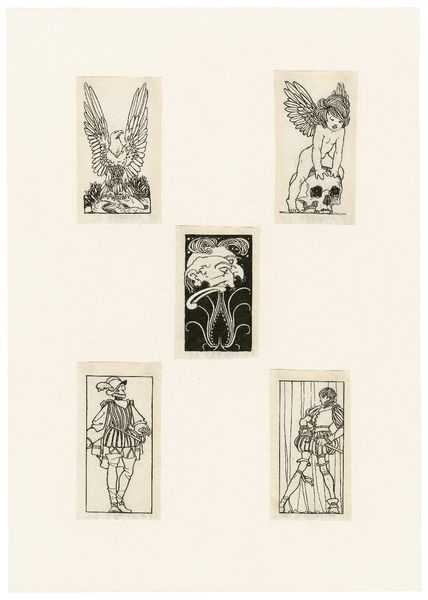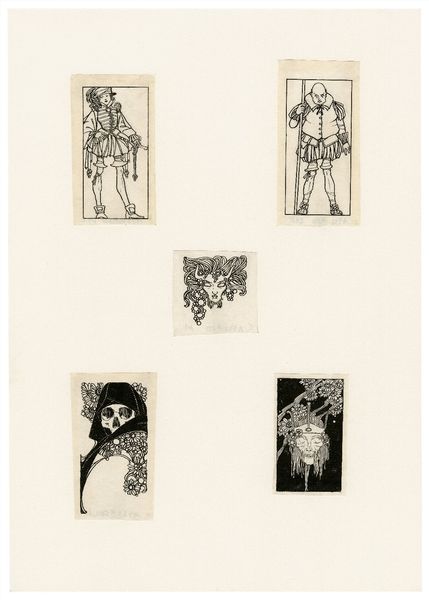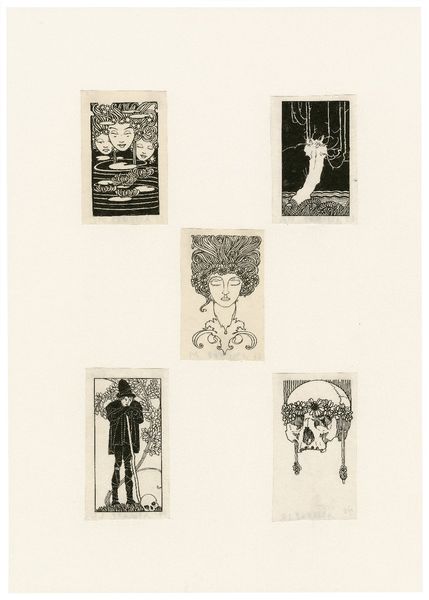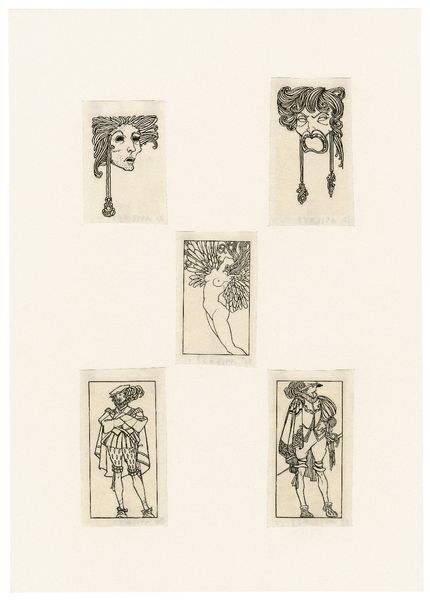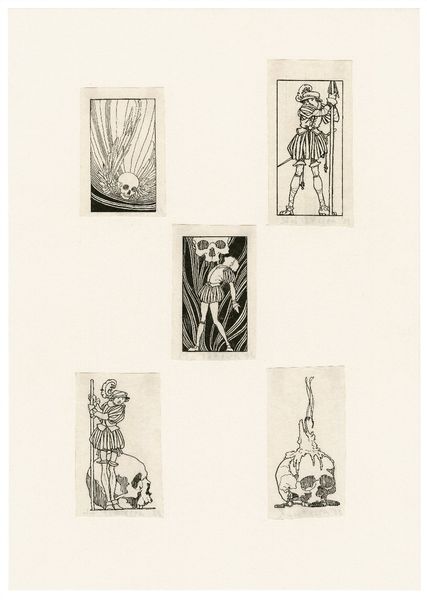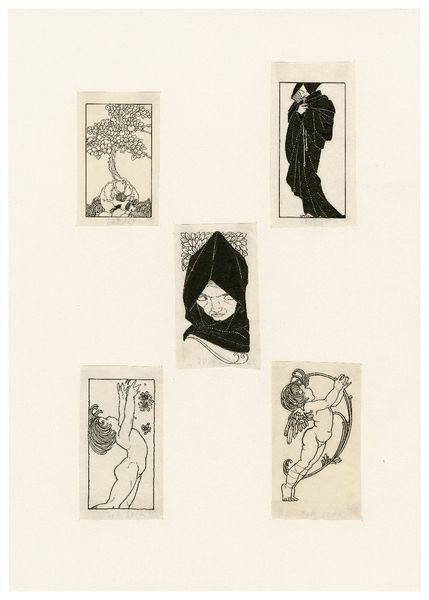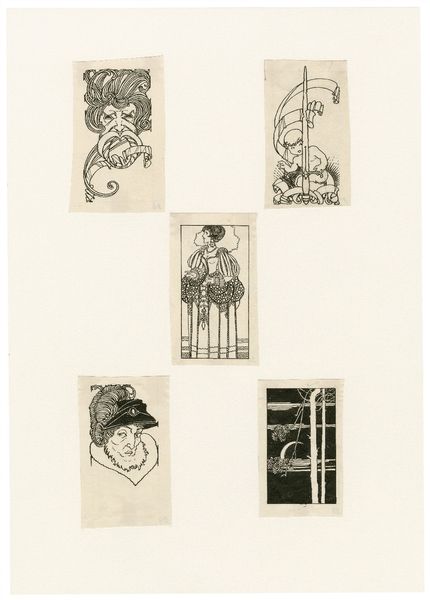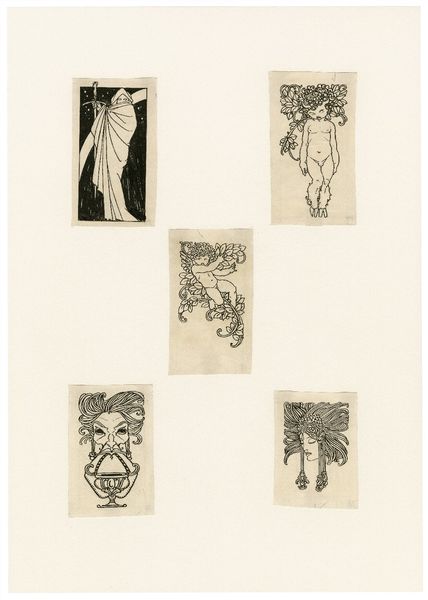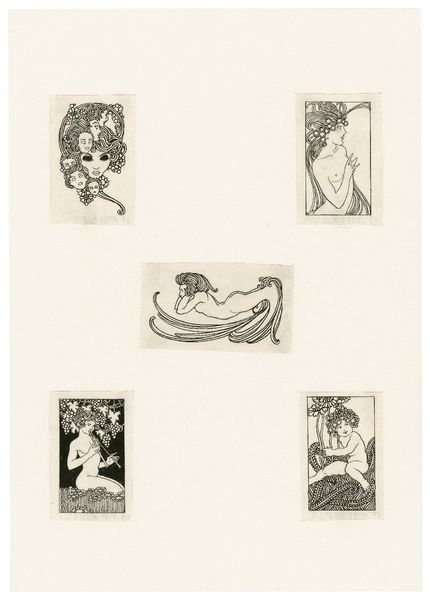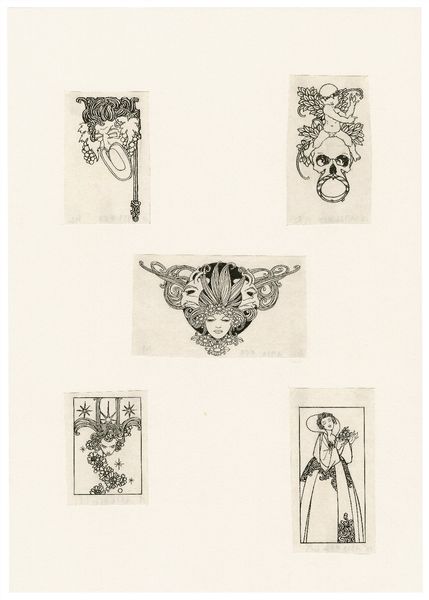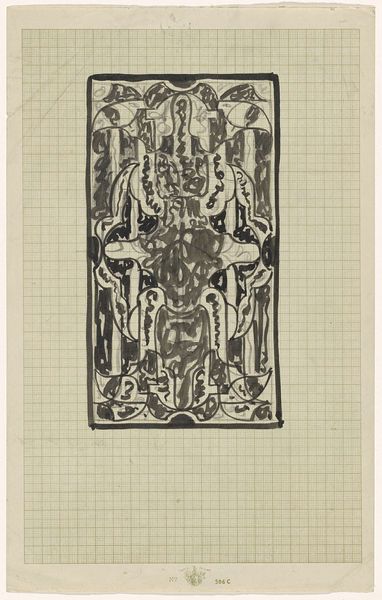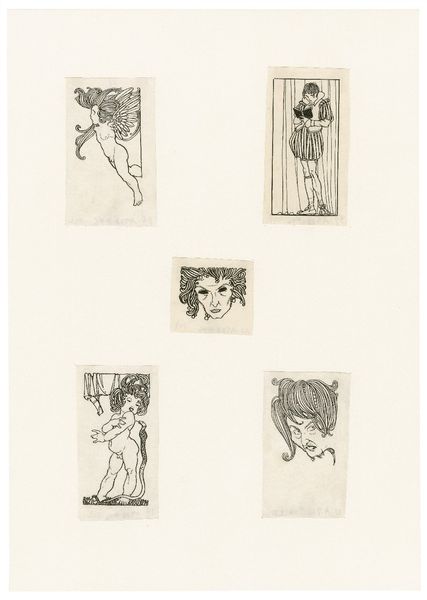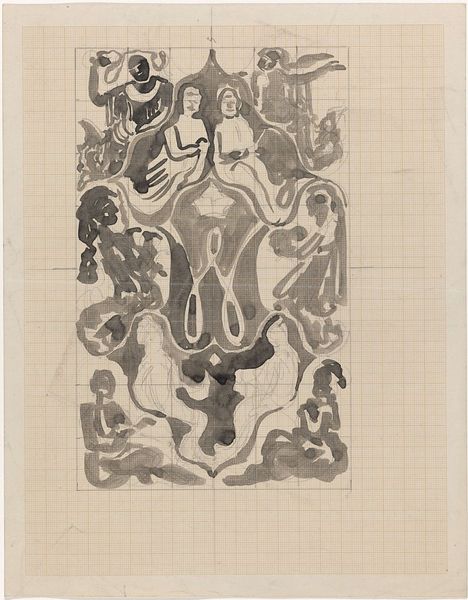
drawing, print, engraving
#
portrait
#
drawing
# print
#
figuration
#
linocut print
#
line
#
symbolism
#
engraving
Copyright: Public domain
Curator: Let's turn our attention to "Hamlet" by John Austen, rendered as an engraving. It’s a compelling series of five illustrations arrayed together. My first impression is its striking, melancholic tone. Editor: Indeed. The piece strikes me immediately with its emphasis on line and form, the artist showing considerable skill. The black and white palette focuses the eye intensely on Austen’s precise engraving technique. Curator: Beyond the masterful technique, the very choice of depicting scenes from "Hamlet" resonates deeply. Consider Hamlet's well-documented struggle with misogyny and internalized rage, further fueling an understanding of systemic oppression. It provides us with the necessary tools to dismantle hierarchical systems prevalent at the time. Editor: Semiotically, the stark contrasts symbolize the play’s thematic concerns: life and death, reality and illusion. Austen has employed this style—graphic, simplified forms—to effectively transmit Hamlet's core drama, its philosophical tension, by using visual symbolism that directly mirrors the play's linguistic devices. Curator: I see a young man weighed down, and a woman emerging with serpentine figures surrounding her... But I cannot separate their visual narrative from its troubling representations of gender and power. Isn’t there something fundamentally unbalanced in such symbolic orderings? Editor: I concur; that balance, or lack thereof, is what gives it such potency. We can also address issues with our own present realities by reading against the grain, critiquing, and actively working toward social justice. Curator: It's powerful to experience how that play’s timeless questions echo still, but that our methods of inquiry into that resonance must also change with the times. Thank you for giving this fresh light on an often-viewed work. Editor: Likewise. It highlights how even formally restrained works can spark necessary societal reflections when we contextualize them anew.
Comments
No comments
Be the first to comment and join the conversation on the ultimate creative platform.
